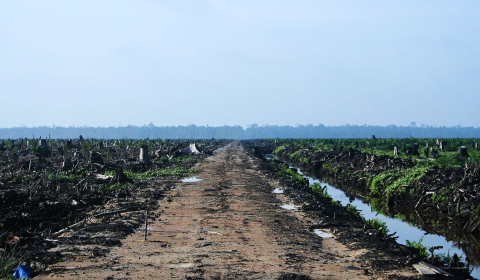Amsterdam’s Schiphol Airport is the third-largest in Europe, and yet it will become the world’s first to cap the number of flights permitted every year. Touted as a response to the climate crisis, will this prompt wider industry change?
Still preoccupied with the whole EPA debacle? Here’s a tidbit of positive news for you.
While the aviation industry currently makes up 2.1% of all human-induced carbon emissions, a recent milestone has provided a glimmer of hope that we may see significant change soon.
In the Netherlands, the nation’s transportation minister Mark Harbers is targeting a big reduction in annual pollution levels. Beginning in late 2023, this will culminate in the first ever legal cap on the total flights allocated to an airport.
The institution in question is Amsterdam’s Schiphol Airport – which is the third-largest flight hub in Europe. Right now, it can legally schedule half a million take-offs annually, but that total will be cut back to 440,000 next year.
You may shrug at the 60,000-flight reduction as though it’s no big deal (and fair enough), but plans had previously been drafted to bump up flight allocations to 540,000 – amid feelings of economic insecurity spurred by the pandemic. That idea, thankfully, has been well and truly scuppered.
With concerns of liquidation now simmering down, ‘research shows that people expect to fly less after the pandemic,’ says Dutch Greenpeace officer Maarten de Zeeuw. ‘We simply do not need all those flights anymore,’ he adds.




















